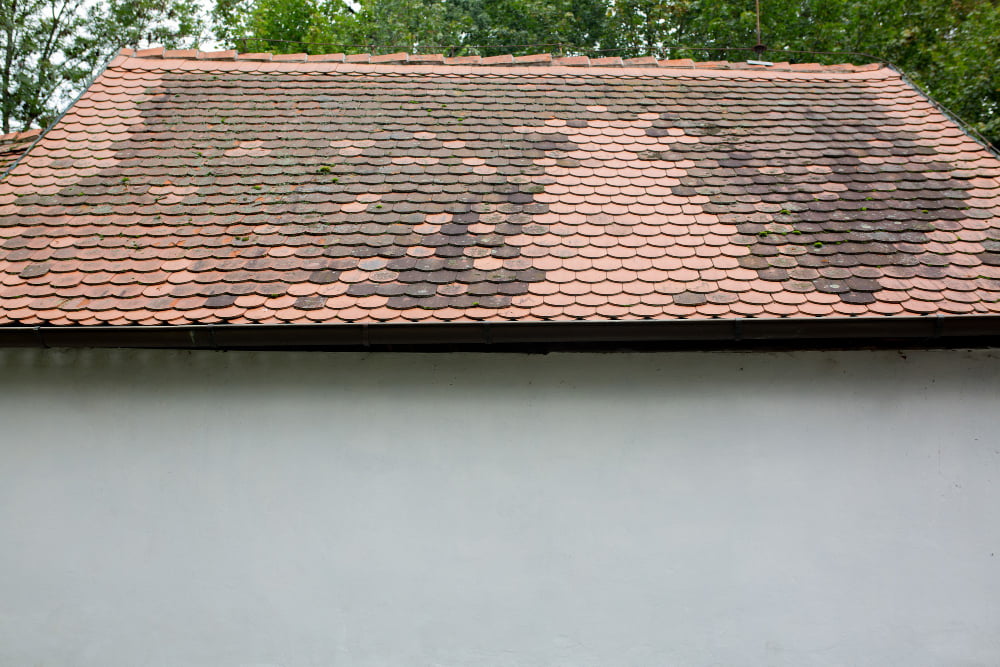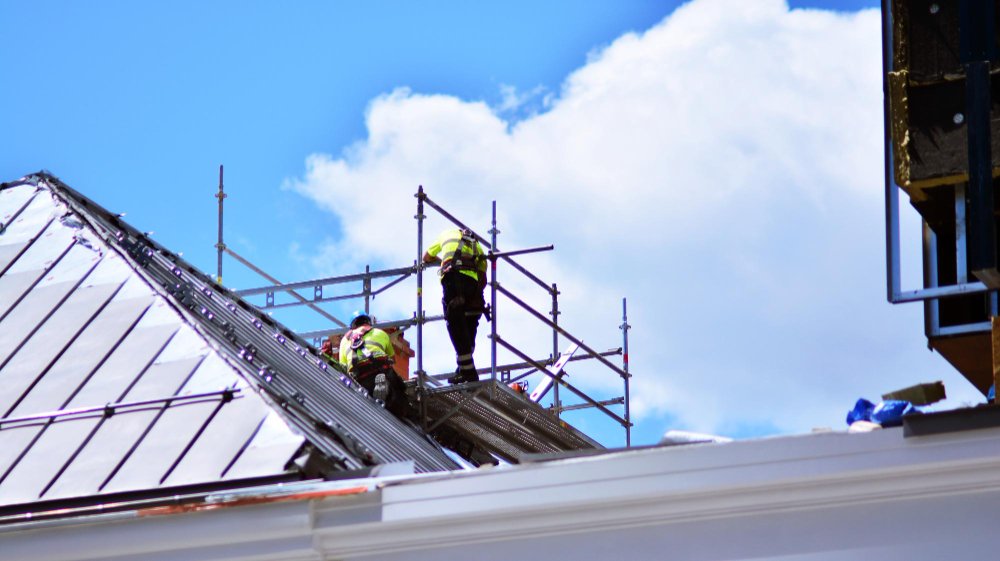Last updated on
Your home is more than just a shelter — it’s a place where memories are made, a sanctuary of comfort, and an asset that appreciates over time. One of the most critical components of your home is the roof, a feature whose importance is often overlooked until a problem arises.
This document will guide you through the process of roof replacement, taking you through each step — from understanding when a replacement is necessary, to choosing the right materials and finding a reliable contractor.
Our aim is to equip you with the knowledge needed to make informed decisions, ensuring that your roof is not just a shelter, but also a long-term investment in your home’s value and your family’s safety.
Recognizing the Need for a Roof Replacement

The first step in embarking on your roof replacement journey involves carefully identifying the signs that indicate a replacement is necessary. These signs may include various indicators such as shingles that are cracked, missing, or curling, granules accumulating in the gutter, dark streaks appearing on the roof’s surface, and water leaks seeping into your home.
Additionally, an aging roof, typically around 20-25 years old, may also necessitate a replacement due to the natural wear and tear it has endured over time. By paying attention to these details, you can ensure that your roof replacement process is thorough and addresses all the necessary aspects for a long-lasting and reliable solution.
Choosing the Right Roofing Materials
Next, it’s important to carefully consider the roofing materials that are most suitable for your home. Asphalt shingles, for example, are a popular choice among homeowners due to their affordability and wide range of color options, making it easier to find a style that matches your preferences.
On the other hand, if you prioritize durability and environmental friendliness, you might lean towards metal roofing, slate, or tile shingles. While these options can be more expensive initially, they offer long-lasting performance and are more sustainable choices.
Ultimately, the choice of roofing materials should take into account not only your budget but also the architectural style of your home and the local climate, ensuring that you make a decision that will serve you well in the long run.
Selecting a Reliable Contractor

Selecting a reputable contractor is an essential and pivotal step in guaranteeing the success of your roof replacement project. For example, Pennsylvanian homeowners could look into the local business at https://thepittsburghroofer.com/ to gauge their professionalism and reliability.
To make an informed decision, consider factors such as positive reviews from previous clients, appropriate licensing and insurance coverage, and contractors who offer comprehensive warranties on their work.
Additionally, obtaining multiple quotes not only ensures competitive pricing but also allows you to compare different options and choose the best fit for your specific needs. By taking these measures, you can have confidence in the quality and reliability of the contractor you choose for your roof replacement.
Preparing for the Roof Replacement
Before the work begins, there are a few important preparations you can make to ensure a smooth process. Start by clearing any valuable items from your attic and covering what remains with a sturdy tarp to protect them from dust and debris.
Moving outside, it’s also a good idea to relocate vehicles, patio furniture, and grills away from the work area to prevent any accidental damage. By taking these proactive steps, you can minimize any potential disruptions and have a better understanding of the timeline and what to expect during the process. This extra level of detail will help alleviate any anxieties and ensure a successful outcome.
Maintenance after Roof Replacement
Once your new roof is installed, proper maintenance is crucial for maximizing its lifespan and ensuring long-term durability. To achieve this, it is recommended to schedule regular inspections by a professional roofing contractor, who can identify any potential issues early on and provide necessary repairs or maintenance.
Additionally, keeping the gutters clean and free from debris is important to prevent clogs and water damage. It is also advisable to address minor damages, such as loose shingles or cracks, promptly to avoid further deterioration.
By following these maintenance practices, you not only protect your home from potential leaks and structural damage but also enhance its overall value and curb appeal.
Roof replacement is a serious undertaking that, when executed carefully, can enhance your home’s aesthetic appeal, increase its value, and provide safety for your family. By recognizing the need for a replacement, choosing the right materials, selecting a reputable contractor, properly preparing for the work, and maintaining the roof post-installation, you can ensure a successful project that stands the test of time.
Remember, your roof is more than just a shelter—it’s a critical component of your home that deserves thoughtful investment and care.
Recap:



